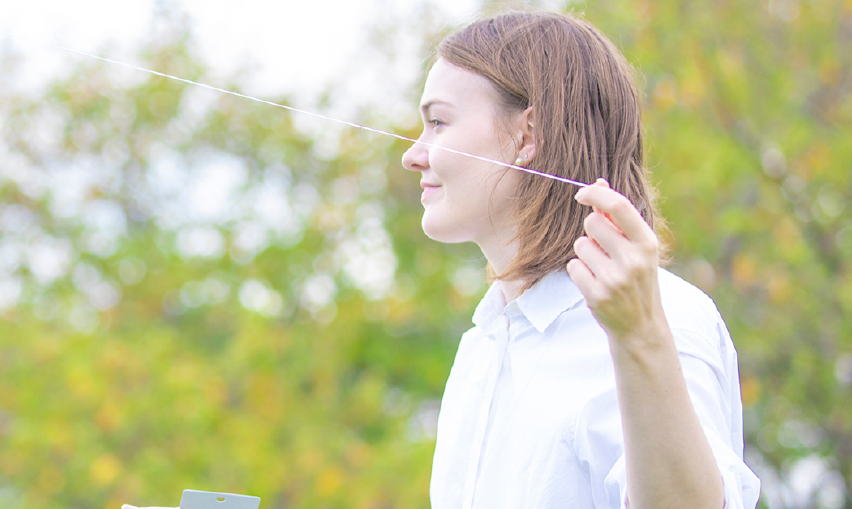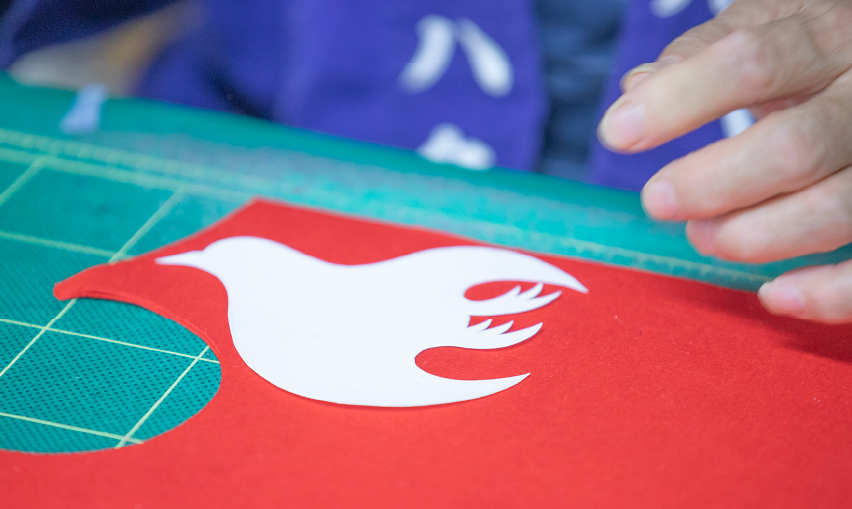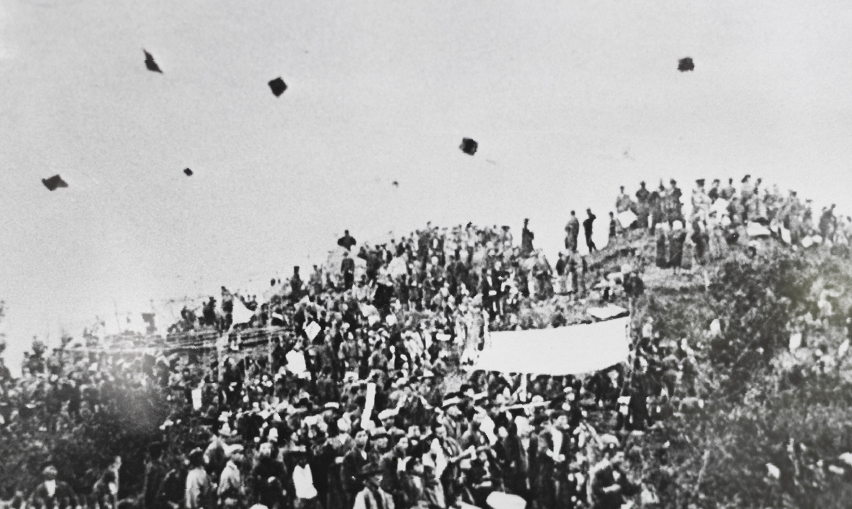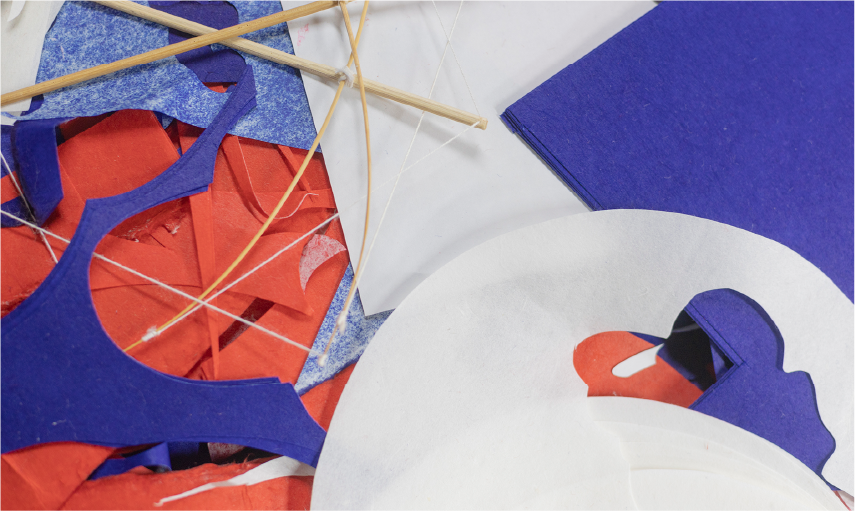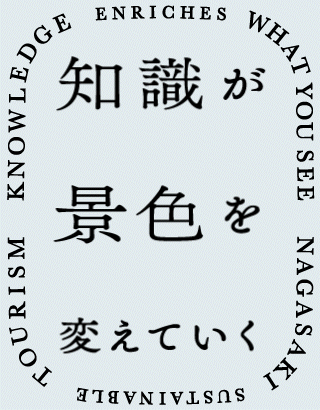



One does not surrender one’s way of life
to the whims of the wind.
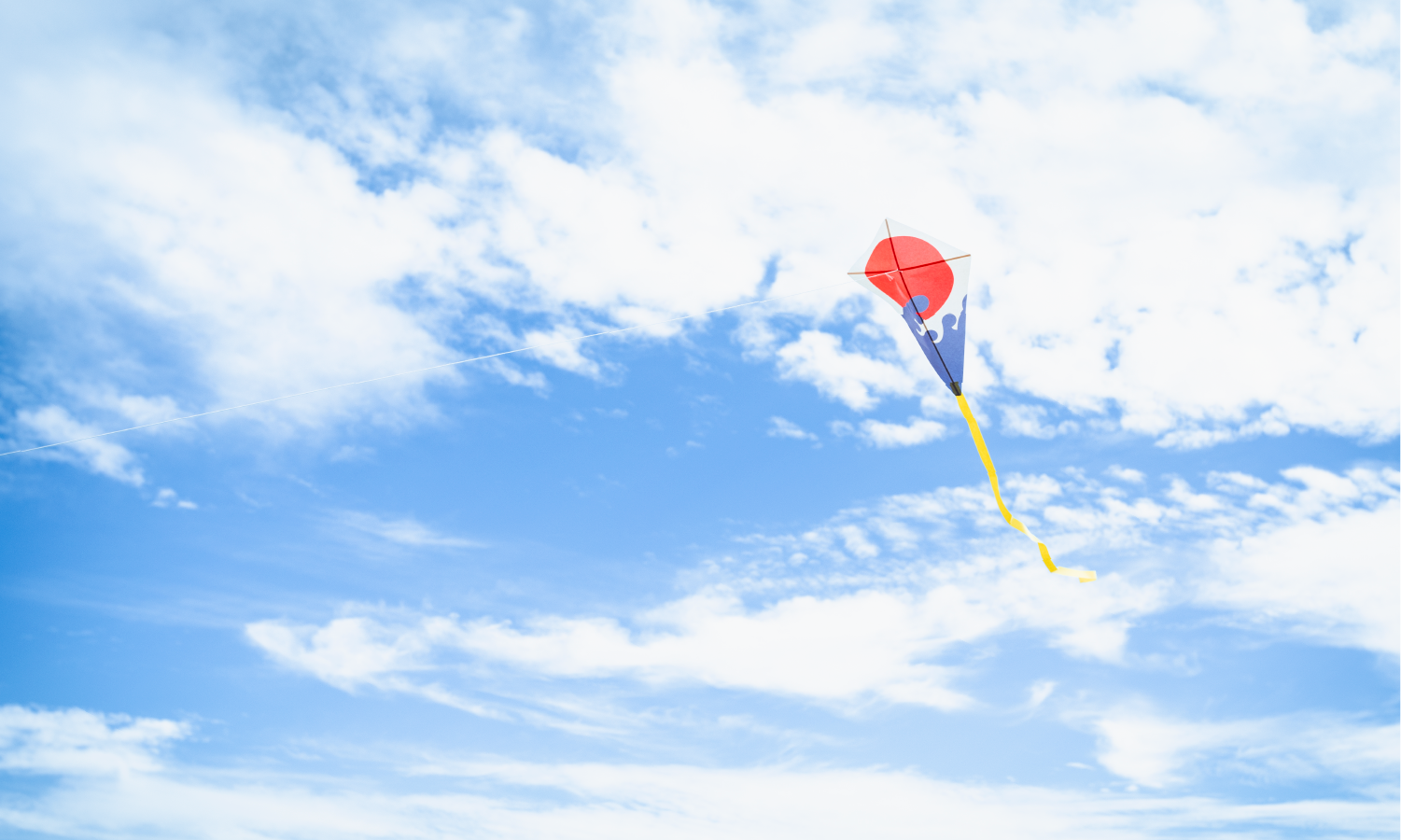
The vibrant blue, white, and red colours are visually captivating.
The kites of Nagasaki, known as hata,
are believed to have been introduced
in the 17th century by Indonesians aboard Dutch ships.
Experience the art of making
and flying these kites, an essential part of the Hataage festival,
one of Nagasaki’s three major events.

Every part is handcrafted with the skill and expertise of artisans.
The design, primarily featuring the three colours of blue, red, and white, is inspired by the Dutch flag, and indeed these kites are uniquely called hata, meaning a flag. There are said to be over 300 different patterns. The act of raising the flag (kite), symbolising a gesture of good fortune, has made it a popular gift in Nagasaki for occasions such as celebrations and the birth of a child.
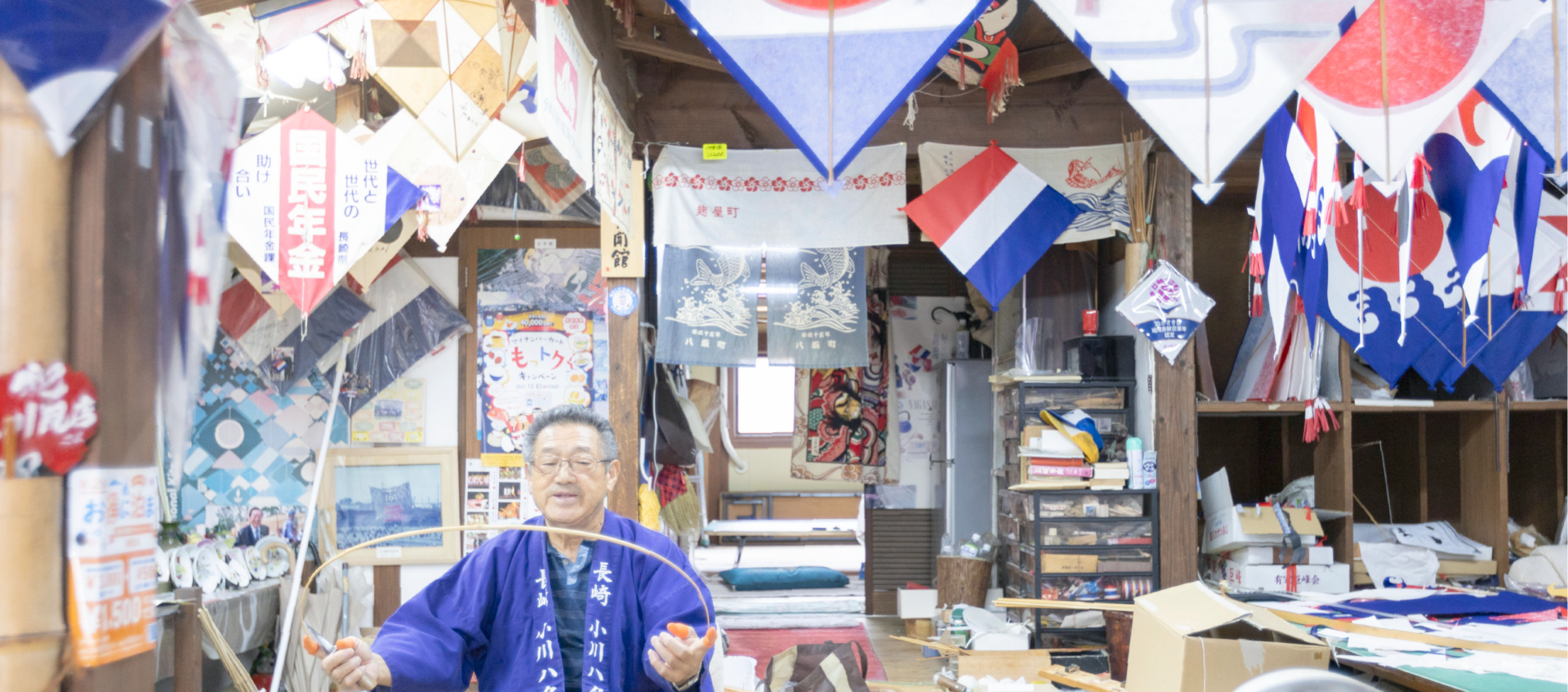
First, bamboo is attached to a pre-designed decorative kite to assemble it. Then, using pens, even beginners can freely draw their own designs on kites that are easy to fly. If the weather is good, they can enjoy flying their kites at Kazagashira Park, a renowned spot for kite flying.
While crafting the kites, Mr. Ogawa, a true Nagasaki native, adds a light-hearted touch to the experience with his captivating stories about kites and the history of Nagasaki. The space surrounded by handcrafted kites reflects the culture that has been preserved and passed down in this region.
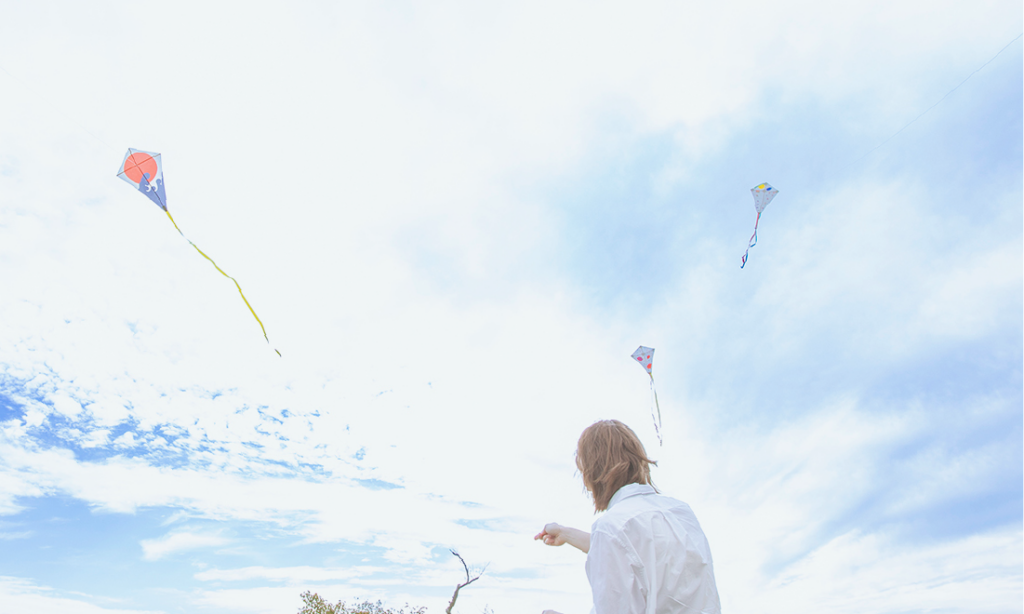
Kites with tails are more stable, but not suitable for kite battles.
The kites used for flying are designed for beginners, making it easy for them to catch the wind.
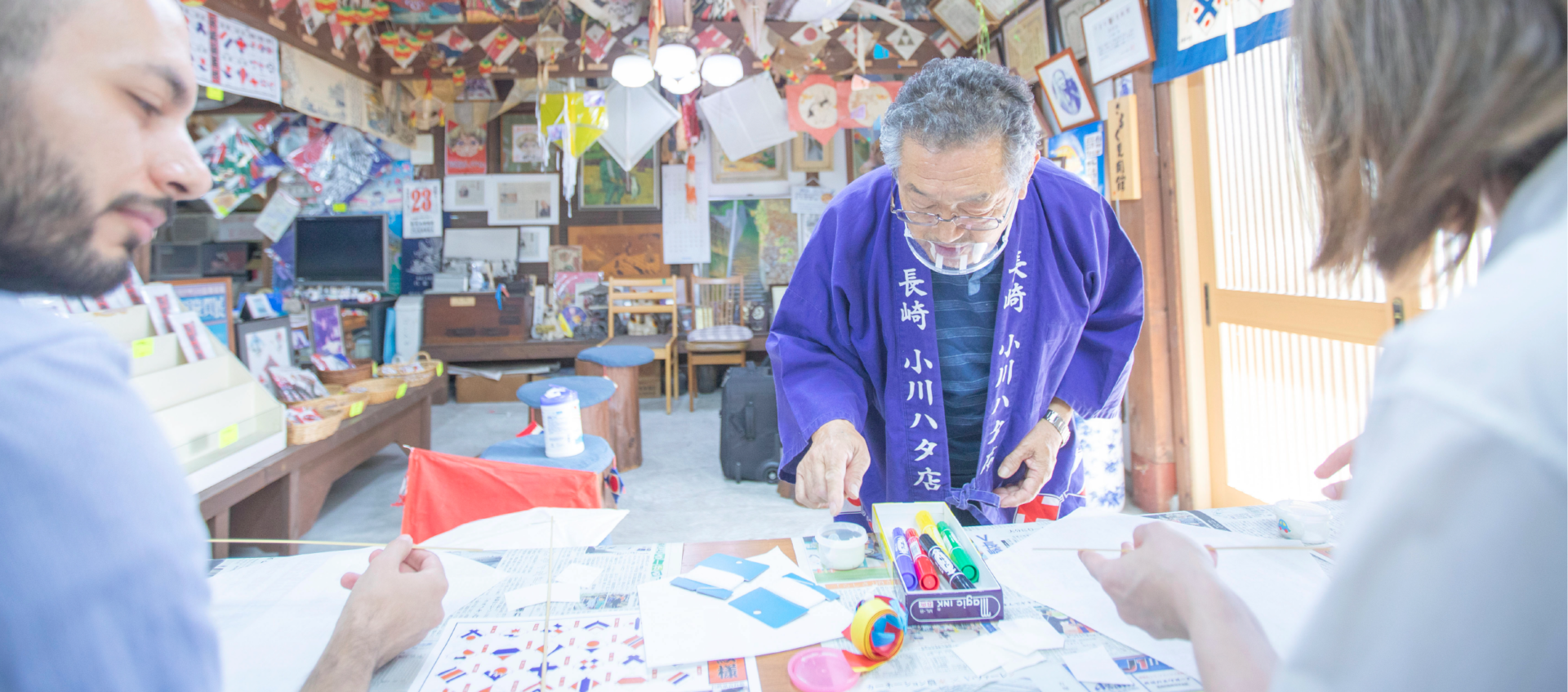
Assembling and decorating the kites is part of the fun.
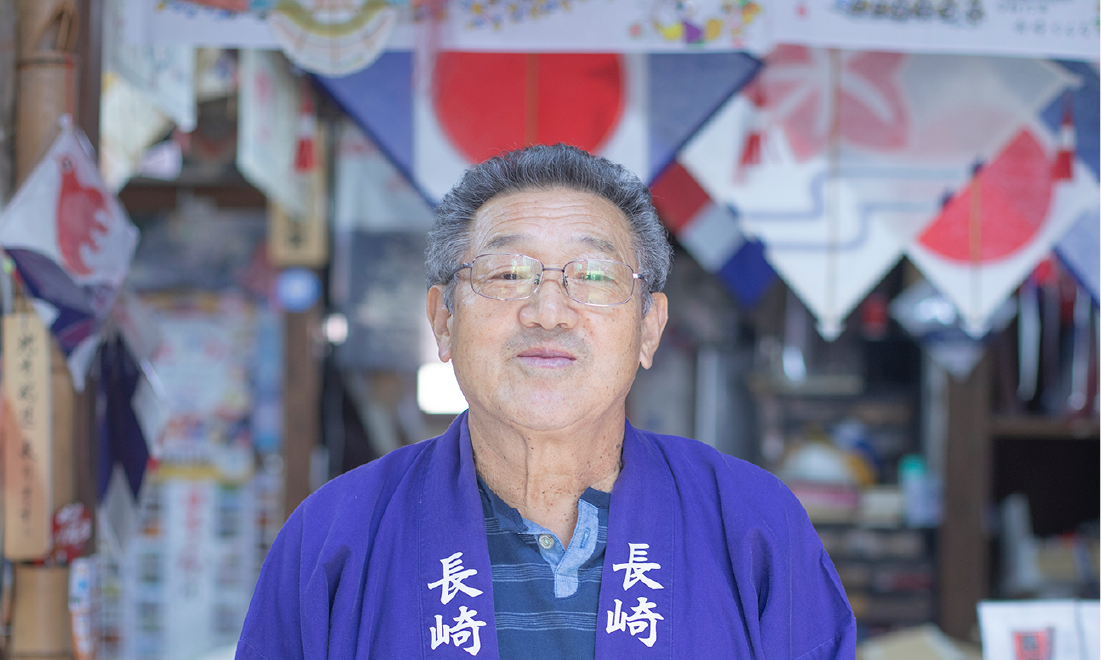
A third-generation kite-making artisan, he handles every step of the process on his own, from cutting bamboo and dyeing Japanese paper to cutting, assembling, and even crafting the kite string (beedoro). With skills honed since childhood, he has been winning kite-flying competitions since his primary school days.
Because every step of the process is handmade,
custom-made kites can be created to suit your preferences.
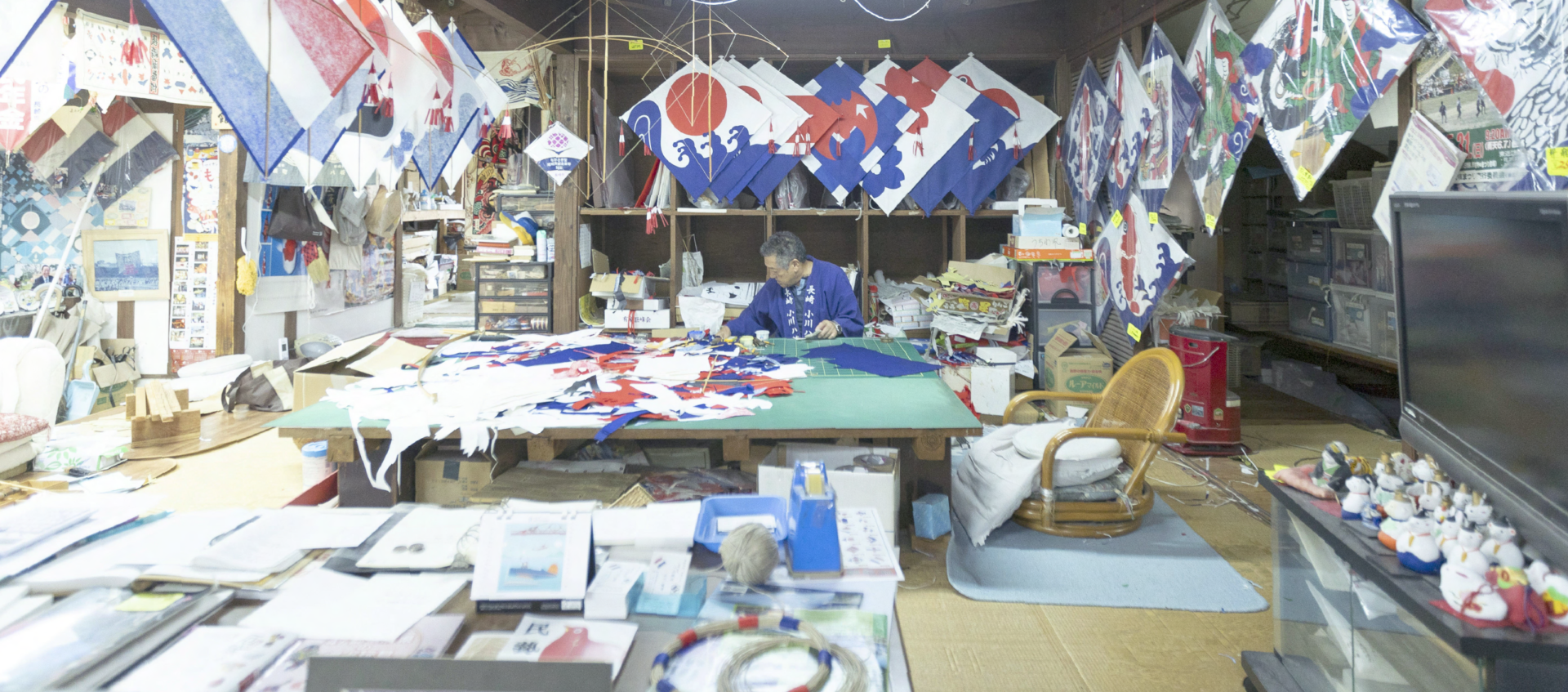 custom-made kites can be created to suit your preferences.” class=”a-fadein”>
custom-made kites can be created to suit your preferences.” class=”a-fadein”>
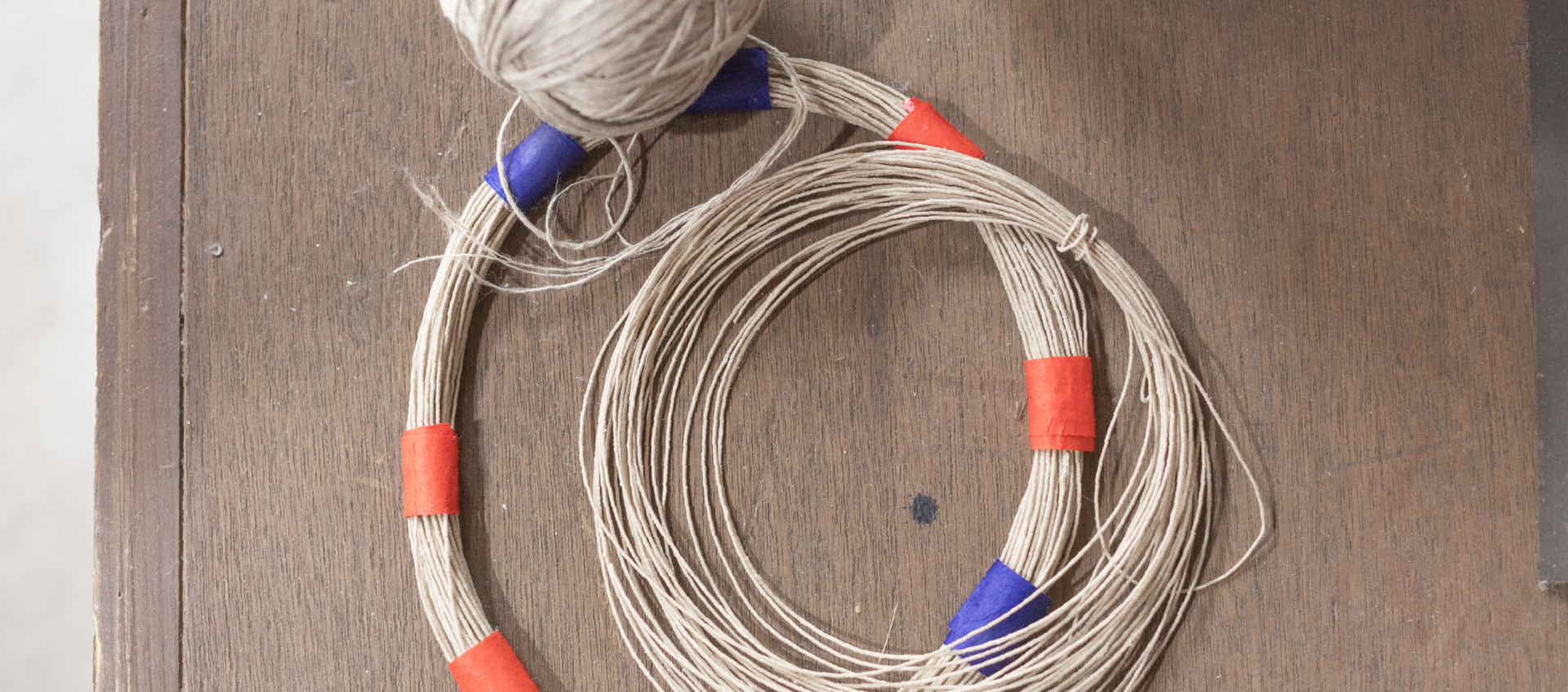
In Nagasaki, kite-flying battles are held where participants tangle their kites and try to cut their opponent’s string, causing their kite to fall. The tail-less kites are intentionally designed to be unstable, allowing skilled fliers to manoeuvre them freely in all directions. With precision, they send their kite toward their opponent’s, using strings coated with beedoro, a glass-infused abrasive material, to slice through the competition. Every spring, kite enthusiasts from across the country gather in Nagasaki to showcase their skills in tournaments that determine the best in Japan.
Kites have been passed down in Nagasaki for over 400 years. Without those who make them, there can be no kite flying. When both the makers and the fliers are present, both can thrive. As techniques improve, so does the craft. Understanding the depth of kite flying is key to preserving this tradition.
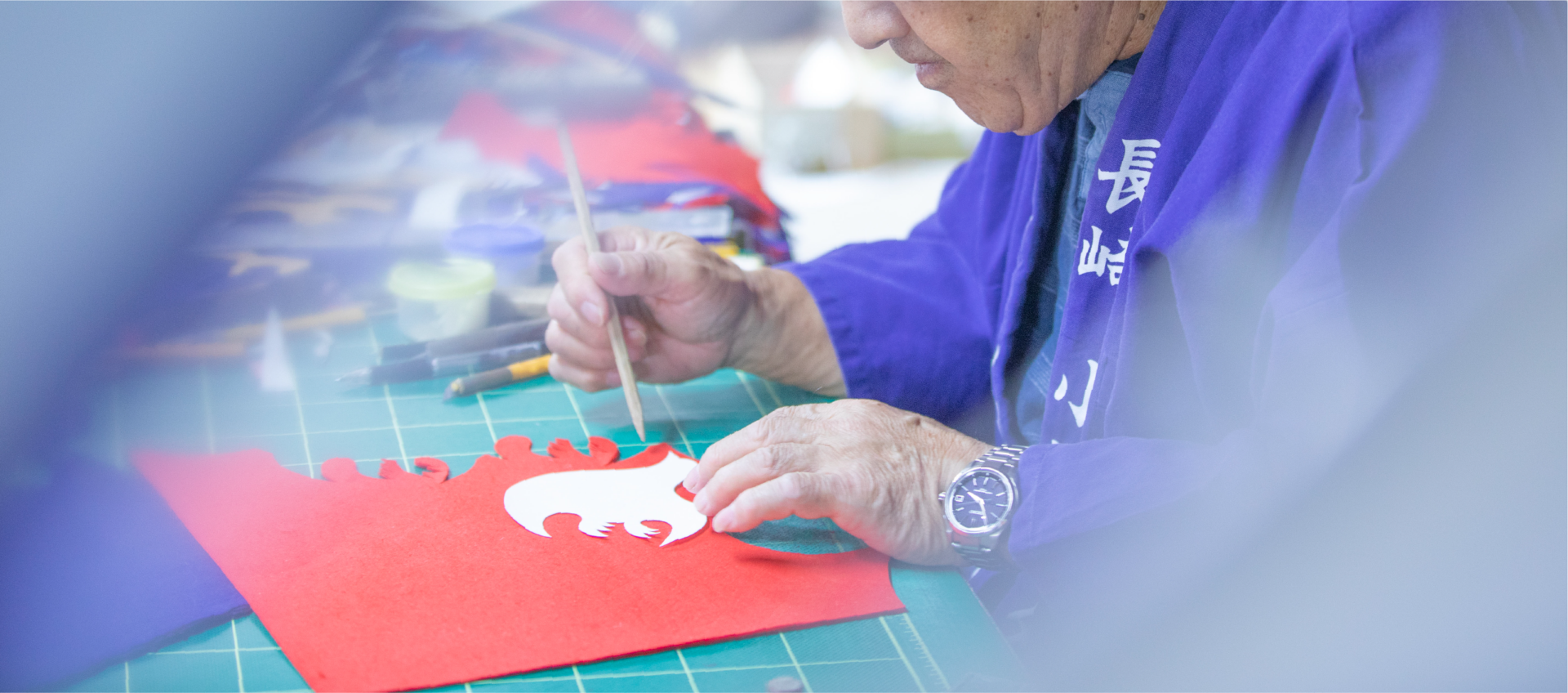
In his early twenties, Mr. Ogawa inherited the family craft when his father, the previous master, fell ill before passing down the full extent of his skills. Trusting in his father’s words, ‘The more you practice, the more your hands will naturally know what to do’, he continued making kites, learning by studying the kites his father had left behind. A deep love for kite flying is essential to mastering the craft of kite making. Without skill in kite flying, it would be impossible to meet custom orders for the winning kites that competitors depend on.

The bamboo frame is carefully carved to match the wind’s strength.
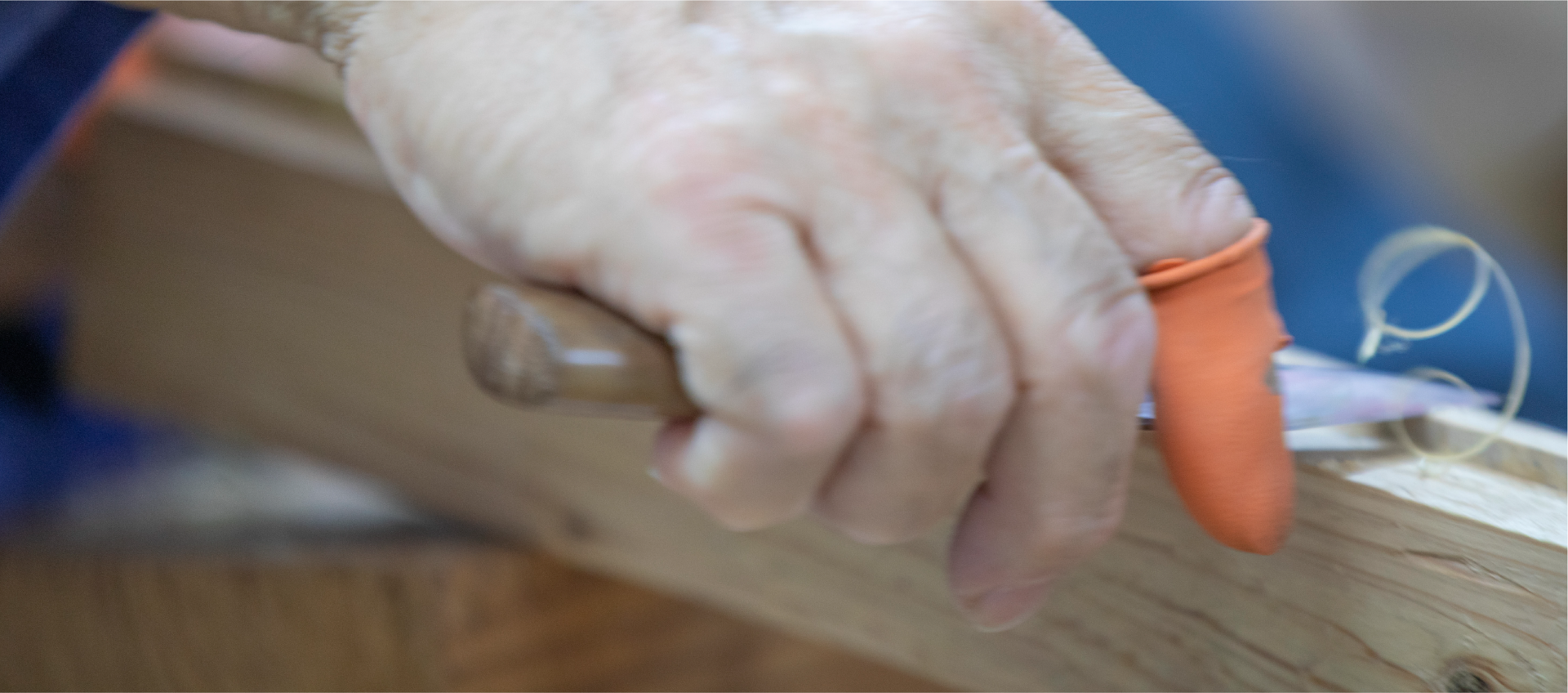
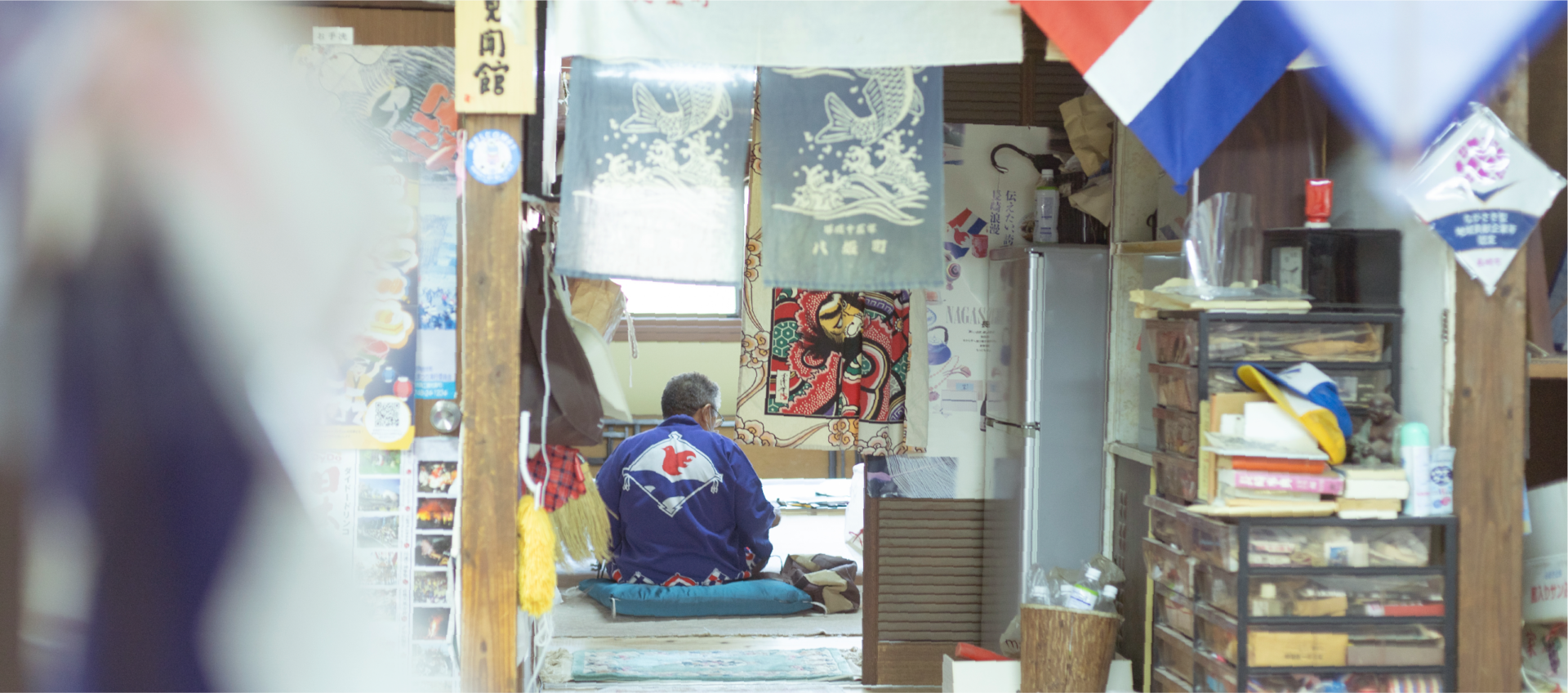
Ogawa Kite Shop
Address: 11-2 Kazagashira-machi, Nagasaki
Opening hours: 9:00 a.m. to 5:00 p.m.
Parking: Available
